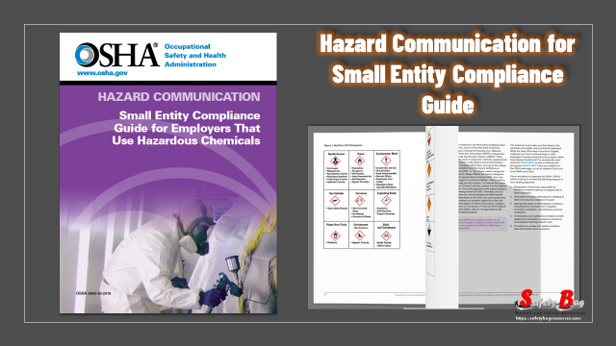Stairways and Ladders the informational booklet provides a general overview of a particular topic
related to OSHA standards. It does not alter or determine compliance responsibilities in OSHA standards or the Occupational Safety and Health Act of 1970. Because interpretations and enforcement policy may change over time, you should consult the current OSHA administrative interpretations and decisions by the Occupational Safety and Health Review Commission and the Courts for additional guidance on OSHA compliance requirements.
This publication is in the public domain and may be reproduced, fully or partially, without permission. A source credit is requested but not required. This information is available to sensory
impaired individuals upon request.
Read Also:Booklet: Electrical Safety Worksite Do’s and Don’t
Read the Stairway and ladders Flipping book :
Working on and around stairways and ladders is hazardous. Stairways and ladders are major sources of injuries and fatalities among construction workers for example and many of the injuries are serious enough to require time off the job. OSHA rules apply to all stairways and ladders used in construction, alteration, repair, painting, decorating, and demolition of worksites covered by OSHA’s construction safety and health standards.
General Requirements
These rules specify when employers must provide stairways and ladders. In general, the standards require the following:
- When there is a break in elevation of 19 inches (48 cm) or more and no ramp, runway, embankment, or personnel hoist is available, employers must provide a stairway or ladder at all worker points of access.
- When there is only one point of access between levels, employers must keep clear of obstacles to permit free passage by workers. If free passage becomes restricted, employers must provide a second point of access and ensure that workers use it.
- When there are more than two points of access between levels, employers must ensure that at least one point of access remains clear. In addition, employers must install all stairway and ladder fall protection systems required by these rules and ensure that their worksite meets all requirements of the stairway and ladder rules before employees use stairways or ladders. See 29 CFR 1926.1050-1060 for the details of the standard.
Note: The standard does not apply to ladders specifically manufactured for scaffold access and egress, but does apply to job-made and manufactured portable ladders intended for general purpose use. Rules for ladders used on or with scaffolds are addressed in 29 CFR 1926.451 Subpart L.
Read Also :Books: OSHA Fall Protection Toolbox Talks and Trainer Guide
Content
- Introduction…3
- General Requirements…3
- Rules for Ladders…4
- All Ladders…4
- Specific Types of Ladders…6
- Stepladders…6
- Portable Ladders…6
- Fixed Ladders…7
- Cages for Fixed Ladders…9
- Wells for Fixed Ladders…10
- Ladder Safety Devices and Related
- Support Systems for Fixed Ladders…11
- Requirements for Mounting Ladder Safety
- Devices for Fixed Ladders…11
- Defective Ladders…12
- Rules for Stairways…12
- Stairways Used During Construction…12
- Temporary Stairs…13
- Stair Rails…14
- Handrails…15
- Midrails…15
- Training Requirements…16
- Glossary…16
- OSHA Assistance…17
- Safety and Health Program
- Management Guidelines…18
- State Programs…18
- Consultation Services…19
- Voluntary Protection Programs (VPP)…20
- Strategic Partnership Program…20
- Alliance Program…20
- Training and Education…21
- Electronic Information…22
- OSHA Publications…22
- Emergencies, Complaints or
- Further Assistance…23
- OSHA Regional Offices…23
Download The Program
Stairways and Ladders A Guide to OSHA Rules
More Downloads
- Model High Hazard Safety Program
- Books: OSHA-Hazard communication for small Entity
- OSHA Programs: A Guide to Cranes and Derricks
- Books: OSHA-Permit Required Confined Spaces
- OSHA: Underground Construction (Tunneling)
- OSHA Recommended Practice of Health and Safety programs in construction
- Books: OSHA-Is it Safe to Enter Confined Space?
- CAL/OSHA Scaffold Guide for safe use of supported Scaffolds
- Books: CAL/OSHA Pocket Guide for Construction Industry
- OSHA Programs: Aerial Lifts Safety Program-UK University
- Programs: Stairways and Ladders A Guide to OSHA Rules
- OSHA Inspection Checklist 8-Pages


